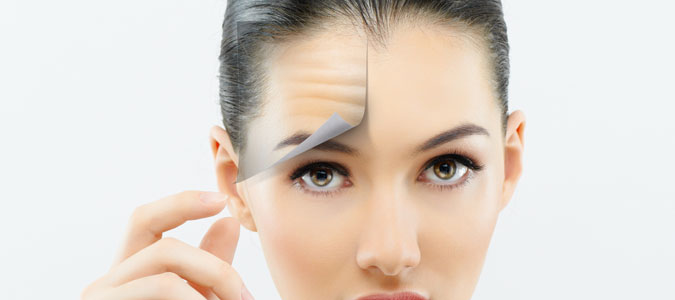Introduction
A multi-billion pound industry exists for tracking personal fitness. Your resting heart rate (RHR) is now largely acknowledged as a reliable predictor of changes in your cardiovascular fitness. If your RHR drops after many weeks of exercise, for instance, it means that your heart is now more adept at distributing blood and oxygen throughout your body. You can track this development over time as well as other measures relating to your overall health thanks to contemporary wearable technology, such as smartwatches. The devices operate by utilising a number of fundamental, universal biological and chemical principles. Share your thoughts with us on the Technology Write for Us category.
Important Sensors
They are-
- Accelerometer
You can carry your exercise routine with you everywhere you go with a smartwatch. Fitness trackers, heart rate monitors, smartwatches, and smartphones all make use of accelerometers as helpful sensors. In general, it can be useful when combined with other sensors while using Google Maps or a similar navigation system, changing the screen orientation, and more.The accelerometer can monitor your level of exercise and provide information based on your wellness objectives. By measuring resistance to the tiny electrical current streams transmitted by your watch, it offers you extra information about the movements of your body as well as a measurement of your activity levels and step totals.
- GPS
Location data is provided by the satellite-based positioning system known as GPS. GPS technology is most frequently used to track your location and offer turn-by-turn directions for simple navigation. Your watch may triangulate its location using GPS in a smartwatch, smartphone, or fitness tracker to determine its precise location. It computes the difference between the times the satellite signal was delivered to your watch and when it was received in order to function. Along with other sensors like an accelerometer and gyroscope, GPS receivers may provide you with real-time fitness metrics, find you on a map, and track your speed, distance, and time when you're riding a bike or running.
- Gyroscopes
Gyroscopes are an essential part of any wearable technology. By detecting changes in orientation, these sensors can provide more information about the direction and speed of movement. They monitor angular rates or velocity. These sensors allow you to learn your current location and speed. It can tell whether you're jogging, walking, running, or engaging in another type of physical activity in this way. Additionally, the orientation of your smartwatch is always being monitored. It will wake up the display and alert you in real time if your wrist moves.
The Bottom Line
A smartwatch is a watch that provides additional connection and capability over and above the functions provided by conventional timepieces. They achieve this by integrating a computer system that performs the typical tasks we expect, as well as having the capacity to handle some additional bells and whistles. The term "smartwatch" refers to a wide range of gadgets with a great deal of variation in their functionality and design, not just one. They all have a title because they have some functionality in common.
They have a tonne of helpful features that elevate them above ordinary timepieces. For instance, the many sensors in your smartwatch can help you better understand your fitness and health goals and gather more data to aid in your decision-making.









